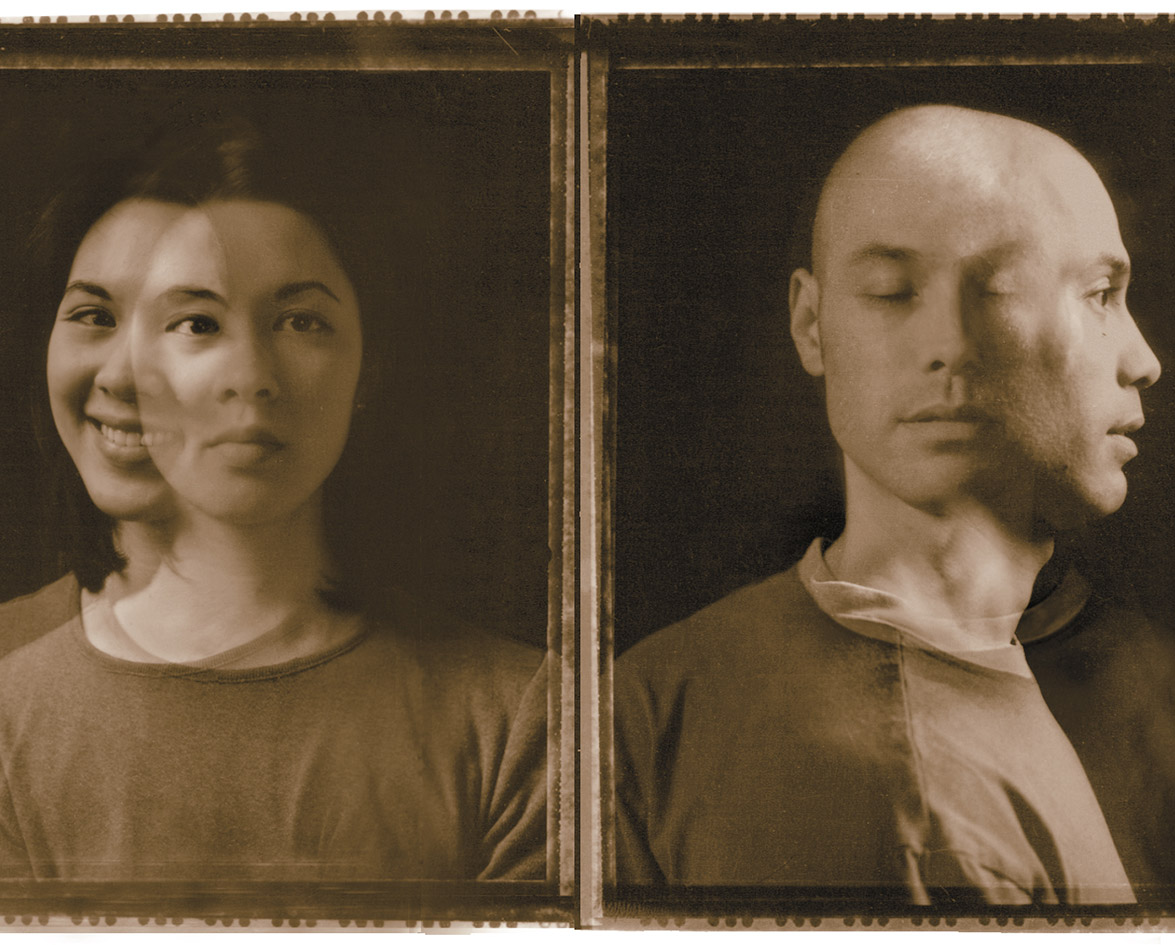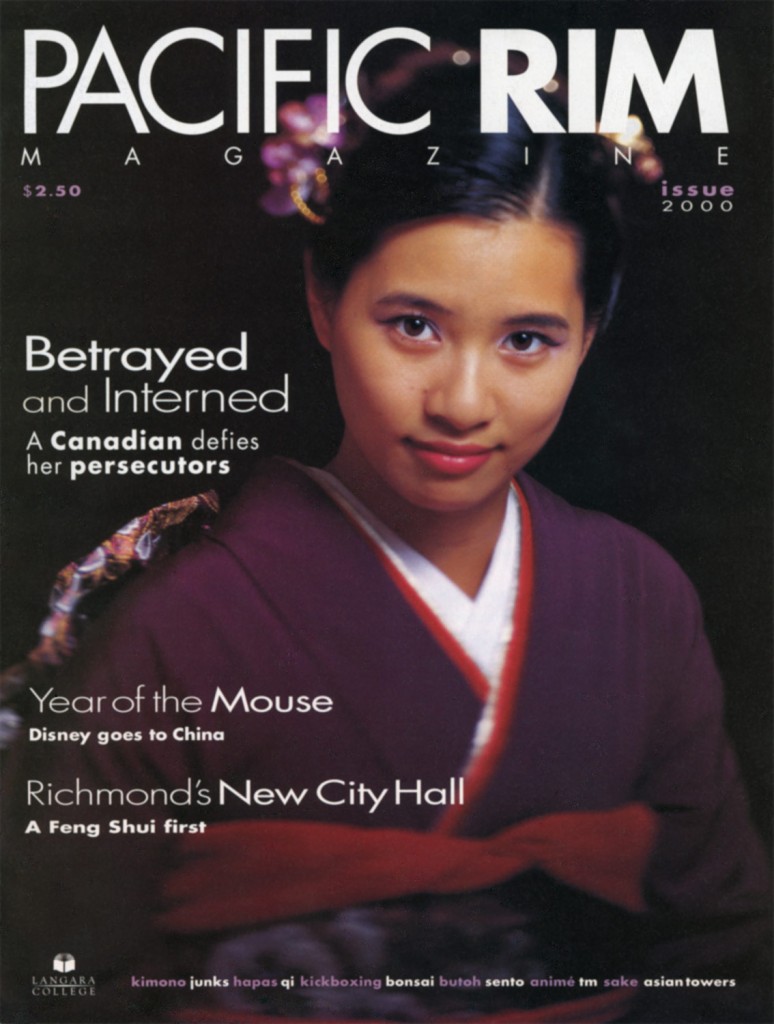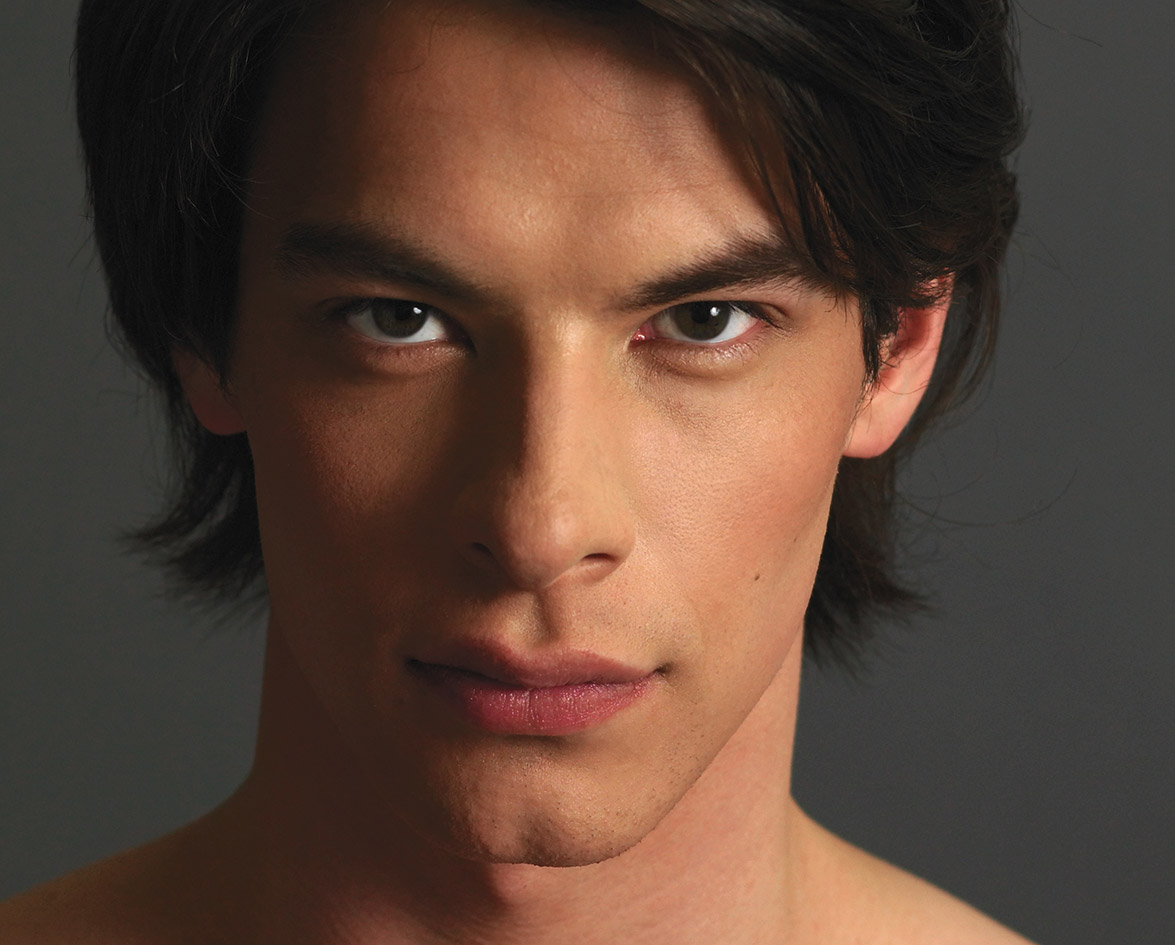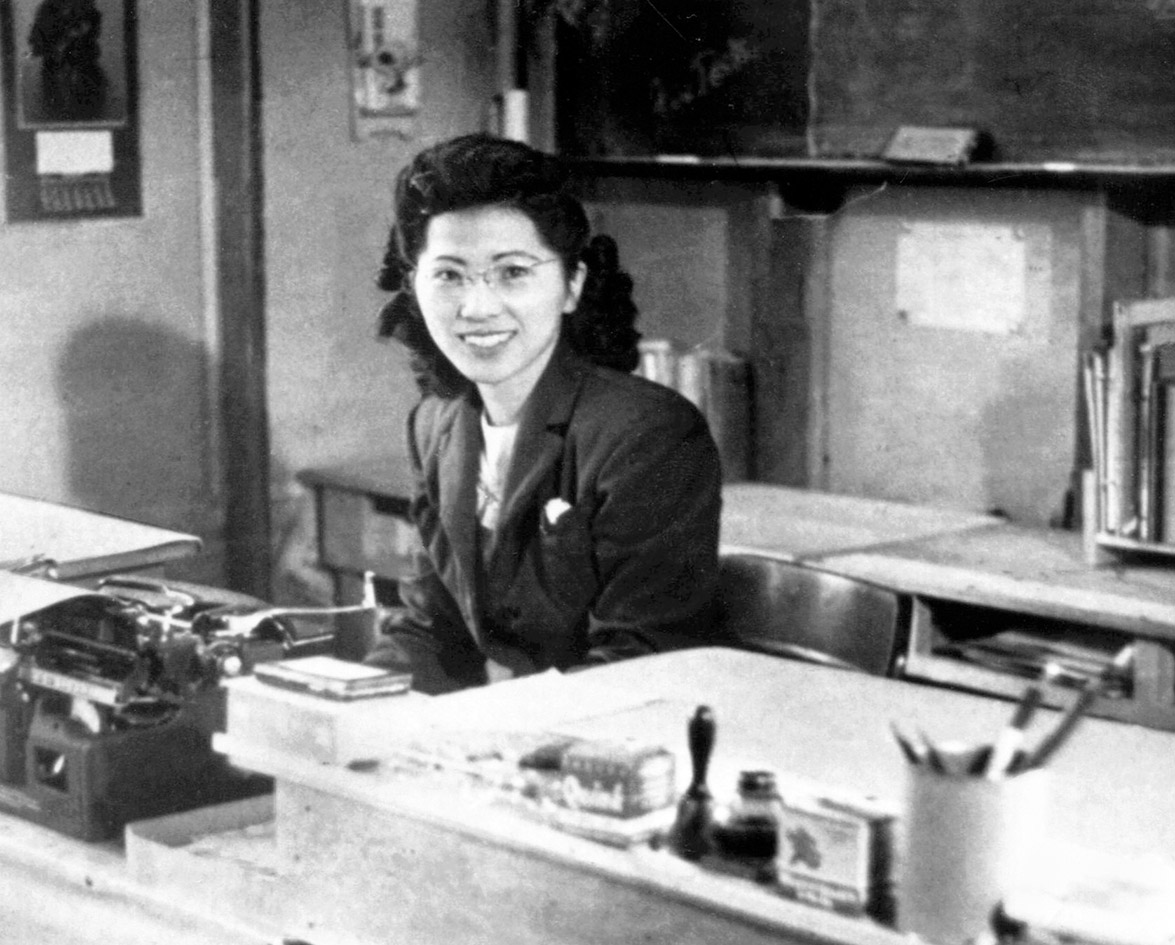“We have the right not to want to fit in exactly…we have the right not to justify our ethnic legitimacy.”
—Maria P.P. Root, Bill of Rights for Persons of Racially Mixed Ancestry
Late one night, when Vancouver artist Michael Tora Speier was a teenager, he and a drinking buddy stumbled into a dance studio uninvited. The place was closed, yet the proprietress seemed happy to seat them. She proceeded to crank the sound system and perform interpretive art with her body. Then, and this is the part Speier will always remember, “She came right up to me, about one boozy breath from my face, eyed me with a dead-serious look and said: ‘I can see you are a half-breed. You will deal with that someday. You will have to.’”
Twenty years later, the drunken prophecy has come true. Not just for Speier, but for the millions of people born in the mixed-race baby boom of the 60s and 70s. They are discovering, as Canadian author Carol Camper has, that “to be perceived as a racial oddity is isolating and confusing.”
Exploring Bi-racial Identity
Speier, the son of a Jewish father and Japanese mother, explores his bi-racial identity through art. Other mixed-race people use music and seminars. Perhaps though, the movement is most prevalent among university students. At last count, there were 26 multi-racial/trans-racial campus organizations in the United States and one at Toronto’s Ryerson Polytechnic University. No such group exists in Vancouver.
This is puzzling given the city’s large immigrant population—45 per cent in 1996, two-thirds of those from Asia. As journalist Gwynne Dyer wrote in the Denver Rocky Mountain News: “One recent Saturday night I stood on a corner in downtown Vancouver and watched for a quarter of an hour. I estimate that between a third and a quarter of the young couples who passed by were multi-racial.”
Not Everyone Feels Isolation and Confusion From Being Bi-racial.
Meet Denise Bonney. At 19, she is confident and energetic. She works two part-time jobs while studying to be a legal assistant. She is half-Caucasian and half-Chinese. Although most of the relatives she socializes with are Chinese, contrary to the stereotype, Bonney hates rice. She laughs as she says it: “The whole family’s rice eaters and I’m, like, give me the potato.”
Her grandfather gave her a Chinese name, which she cannot pronounce correctly and she forgets what one of the characters means. She knows the other means luck. In grade four, she tried Cantonese lessons for a couple of years but they conflicted with Girl Guides.
Bonney has not felt the isolation and confusion that Carol Camper describes in her introduction to Miscegenation Blues: Voices of Mixed Race Women. It’s unlikely that Bonney would be the first to sign up if a bi-racial awareness group formed at her college.
Perhaps the Lower Mainland’s “halfers” do not feel a need to discuss the new racial consciousness. Speier disagrees. He has been to the birthplace of the bi-racial movement and has seen its momentum firsthand.
Birthplace Of The Bi-racial Movement
Berkeley, California: interracial mecca. Even before the last miscegenation laws were cut from American law books in 1967, mixed race couples were having children in Berkeley. Perhaps it was the large number of foreign students, or the school’s proximity to San Francisco, home of the largest Asian community on the West Coast. Or the university’s progressive, laissez-faire environment. Whatever the reasons, seven years ago the climate was ripe for bi-racials to convene. They chose a name for themselves that didn’t sound like a syndrome. They picked Hapa.
Hapa Issues Forum
Hapa (pronounced hoppa) is from the Hawaiian phrase, hapa haole which means “half-white” or “foreigner.” The founders of the Hapa Issues Forum want this to be the new term for people of partial Asian or Pacific Islander ancestry. It is one of their stated mandates, along with providing a voice for Hapas and challenging America’s rigid notions of race.
Speier, who exhibited his artwork at the forum’s sixth annual conference, was impressed with their level of commitment. He knows there are politically active Hapas in Vancouver; it is just a question of who is going to step forward to begin the groundbreaking work.
U.S. Census Controversy
The impetus for some American student groups to take action came from the year 2000 census controversy. Hapas lobbied the U.S. Census Bureau to allow respondents the right to indicate mixed-race heritage in a manner more specific than simply checking a box called “Other.” They won the battle.
Does such a controversy exist in Canada? Our 1996 census posed an open-ended ethnicity question in which respondents could write in their answer rather than check a box. However, there was a new visible minority section that forced people to check one or more of 10 boxes. The possible Hapa ones were: “Visible Minority Not Included Elsewhere” and “ Multiple Visible Minority.”
Bi-racials continue to field the eternal question, “What are you?”
“Those words, they never vary, which is odd,” explains Speier. “It’s the what that gets me; it sounds so meaty or stolid, like a yak or a flightless bird. What does the question mean?”
Search For Identity
This search for identity continues to fuel Speier’s work. His show, Nectarine River, is on display at the Richmond Art Gallery until May 28. Speier’s illustrations and text offer a re-telling of the Japanese peach boy fable, Momotaro, with the hero being replaced by Hapa the Kid Surfer. Speier has received grant money from the National Association of Japanese Canadians to expand the vibrant and whimsical project.
In the meantime, Vancouver’s Hapas lack a safe place to express their own feelings and experiences about growing up hybrid.
Debora O, a local bi-racial grad student interested in identities that fall outside traditional classification systems, suggests why the Hapa movement is slow to catch on north of the border: “In Canada there is this notion that you belong more generally to a multicultural society. I think that this has lead to a very watered-down sense of where you stand in relation to your neighbour. The liberal notion that we are all the same despite our differences only sweeps the inequities under the carpet and silences the abuses that disenfranchised groups feel in this country. And of course the minute you show discontent you are seen as ungrateful and not part of the larger benevolent project that is Canada. So no, I don’t think we’ll be seeing too many bi-racial campus clubs in Canada.”
Or it may be that Vancouver Hapas are still awaiting the right issue to rally around. Speier believes if there is genuine enthusiasm, a community will form. “It’s a kick just to be in a room that is majority Hapa, but don’t ask me why!”











